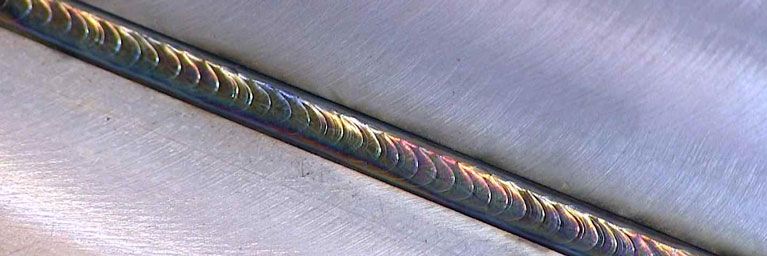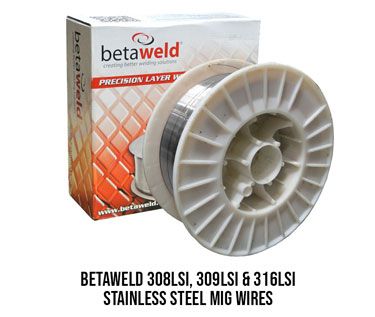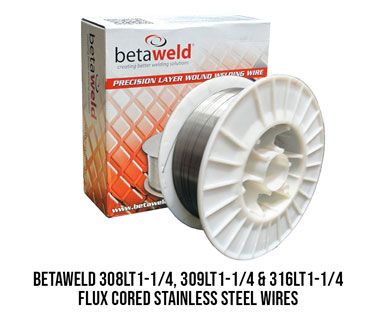Shop Now
- Welding Consumables
- Welding Torches & Torch Spares
- Welding Machines
- Plasma & Cutting Machines
- Welding Machine Spare Parts & Accessories
- Welding Fume Extraction Equipment
- Gas Welding Equipment
- Welding Abrasives
-
Welding Safety Equipment
- Welding Helmets
-
Welding Helmet Spares
- Speedglas Spares
- Betaweld Spares
- Cigweld Spare Parts & Accessories
- Flip Front Helmet Spares
- Jackson Spares & Accessories
- Lincoln Electric Spare Parts & Accessories
- Miller Spares & Accessories
- RPB Spares
- Servore Spares
- Unimig Spare Parts & Accessories
- Weldclass Spares & Accessories
- Miscellaneous Helmet Lens
- Welding Gloves
- Protective Workwear
- Welding Blankets
- Welding Screens & Curtains
- Ear Protection
- Eye Protection
- Face Protection
- Hand Protection
- Head Protection
- Respiratory Protection
- Sun Protection
- Hydration Products
- Fire Blankets
- Prestart Books
- Safety Signage
- Safety Tags
- Welding Accessories
- Pipe Welding Equipment
- Cutting & Drilling
- Gift Cards
- Clearances
-
Hire
- Hire Equipment
- Hire Heating Equipment
- Hire Degausing Equipment
- Hire a Welding Positioner
- Hire a Turning Roller
- Hire a Diesel Welder
- Hire a Wirefeeder
- Hire a Multi-Process Welder
- Hire Accessories
- Hire a MIG Welder
- Hire a TIG Welder
- Hire a Stick Welder
- Hire a Plasma Cutter
- Hire a Weld Cleaner
- Hire a Stud Welder
Best Types of MIG Welding Wire for Stainless Steel
Stainless steel offers many benefits like corrosion resistance, strength, toughness, and aesthetics. This material is beautiful and resilient. But, you must select the correct wire electrode/filler metal to keep it that way.
In this blog, we discuss how to choose between MIG and flux-cored welding processes when welding stainless steel, the different types of welding wires available, and which wire is suitable for your application.
MIG vs. Flux-cored Welding Stainless Steel
The MIG (metal inert gas) welding process requires a solid wire that acts as an electrode and a filler material. In addition, this process needs a shielding gas to protect the weld pool from contamination and oxidation. Commonly used gases for MIG welding stainless steel are an argon mixture with 1-2% oxygen and a tri-mix between helium, argon and CO2.
The flux-cored welding process also uses a wire as an electrode and a filler metal. However, flux-cored wires have specially formulated chemical compounds inside their core. These wires are tubular, like pipes. Only the outer layer is the filler metal, which conducts electricity and melts into the welded joint as a filler metal.
Gas-shielded flux-cored wires offer higher deposition rates and are suitable for welding thick metal. Additionally, they work well for out-of-position welding because their slag helps hold the molten metal pool against gravity.
However, one of the most important advantages of gas-shielded FCAW wires for welding stainless steel is that you can use common shielding gas mixtures like argon/CO2 or pure CO2. Instead of investing in a tri-mix or argon/oxygen gas, you can use a standard MIG welding gas for mild steel.
Which Filler Metal is Right For Your Application?
The most commonly used and welded stainless type is the austenitic stainless steel — 300 series. Generally, your filler metal selection should match the stainless steel series you are welding. For example, a 308L stainless is welded with the ER308L or ER308LSi solid wires or E308LT flux-cored wires.
However, if an exact match filler metal is unavailable, a filler material with higher stainless alloy content is a common choice. For example, a 308 stainless filler wire is used for 301, 302, 304, and 305 grades.
Alphaweld stocks the most commonly used stainless steel wires for MIG and flux-cored arc welding. Let's examine each and explain their benefits and applications.
Solid MIG Wires
To clarify the classification symbols, let’s have a look at the 308LSi stainless steel MIG wire as an example.
The ‘308’ designates the stainless steel alloy of the wire. The ‘L’ stands for low carbon content (0.03% maximum), which reduces the chances of intergranular carbide precipitation and the resulting loss of corrosion resistance. The ‘Si’ means that the wire has higher silicone content, resulting in better wetting behaviour of weld metal.
-
308LSi Stainless Steel MIG Wire - Designed for welding stainless steels like 302, 304, and 304L. It's highly resistant to oxidation and corrosion.
-
309LSi Stainless Steel MIG Wire - Works great for welding 309L and 304L stainless steel grades. These wires are also used to join stainless to carbon steel, welding the 304 clad steels, and applying stainless steel sheet linings to carbon steel shells.
-
316LSi Stainless Steel MIG Wire - Use this wire to join 316, 316L, and similar alloys.
Gas Shielded Flux-Cored Wires
Like with MIG wires, the letter ‘L’ designates low carbon content. The letter ‘T’ specifies that the wire is indeed flux-cored, while the number ‘1’ right next to the letter ‘T’ means that it's an all-position electrode. The ‘1/4’ that follows specifies the shielding gas — ‘1’ is for 100% CO2, ‘4’ is for a 75-80% argon and 25-20% CO2 mixture.
-
308LT1-1/4 Flux Cored Stainless Steel Wires - Most often used to weld 301, 302, 304, 305 and 308 stainless steel.
-
309LT1-1/4 Flux Cored Stainless Steel Wires - Designed for welding 309L and 304L. Also used to join stainless steel with carbon steel.
-
316LT1-1/4 Flux Cored Stainless Steel Wires - For welding 316, 316L, 316LN, 316N and similar alloys.
Need More Help?
Stainless steel is a tricky material to weld, and our experts at Alphaweld are here to assist you in choosing the most suitable stainless steel wire. To speak with an expert, give us a call today on (08) 9456 8000 or send us an online enquiry.




